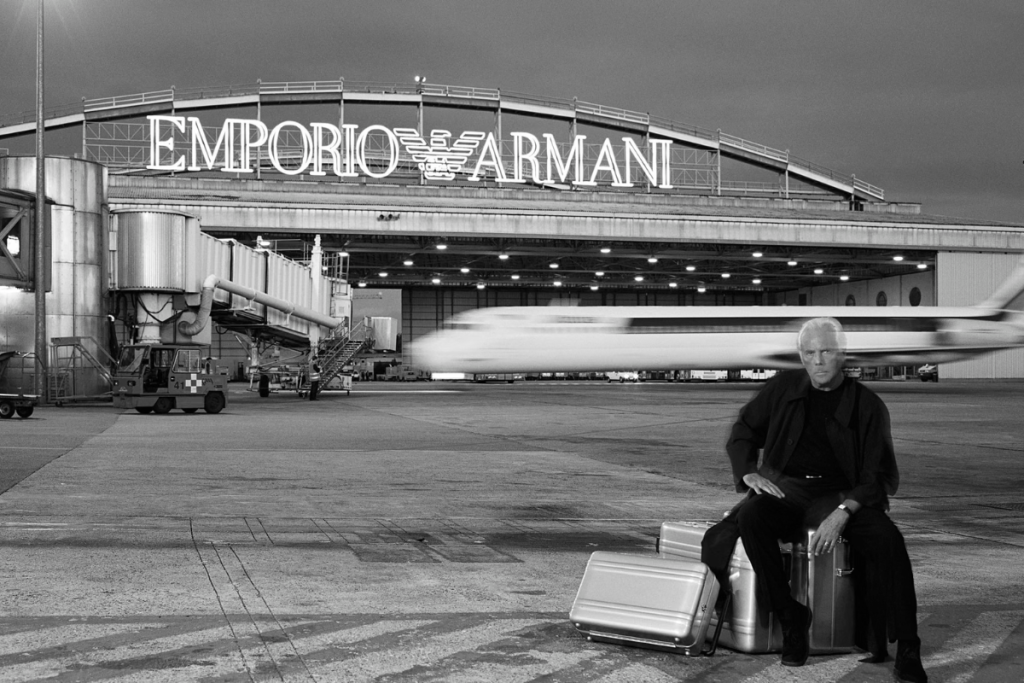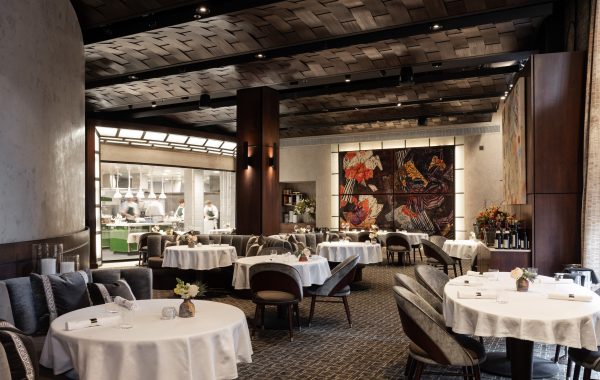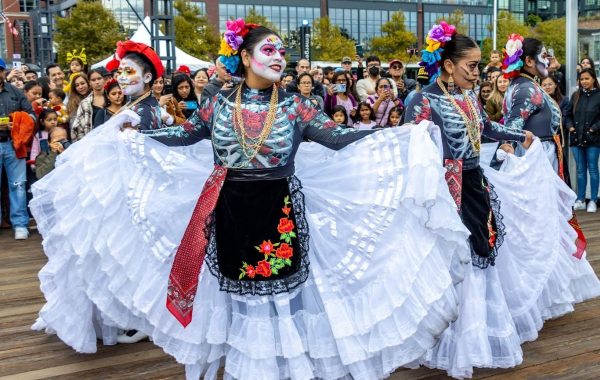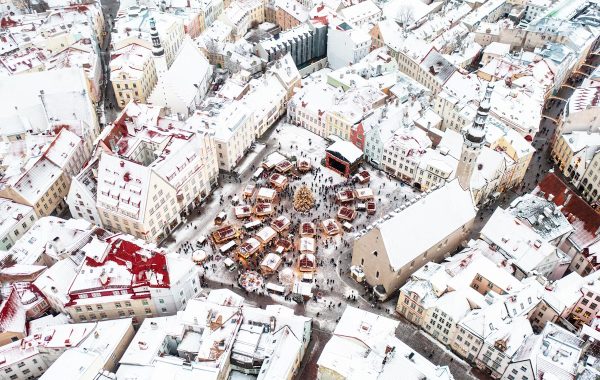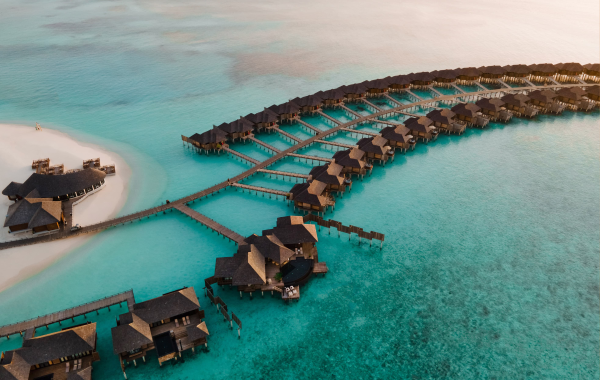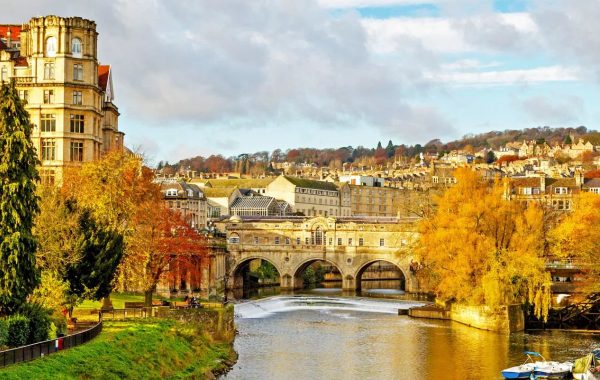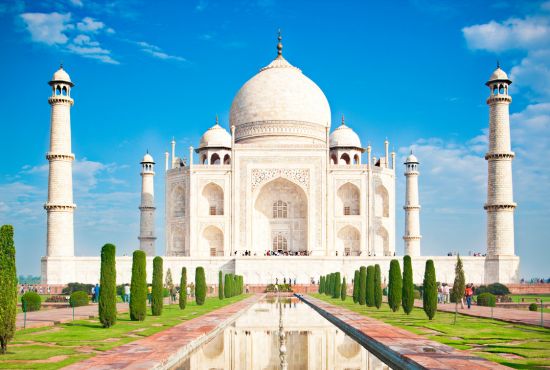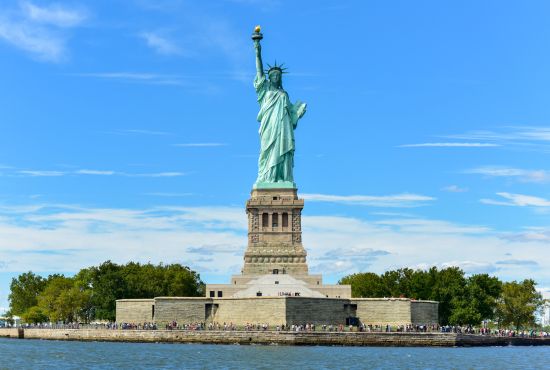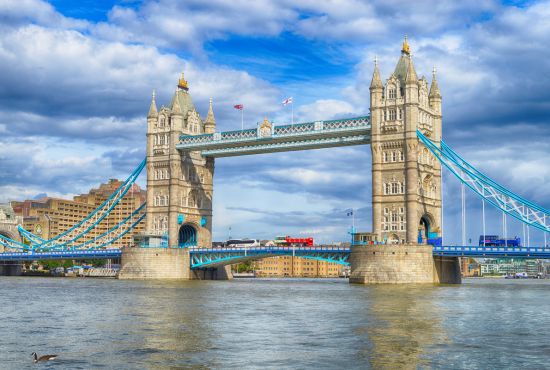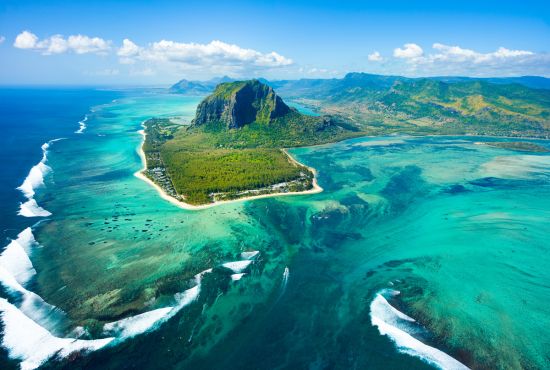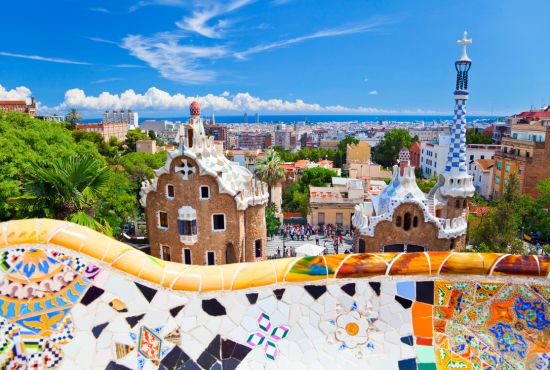Giorgio Armani was not only a pioneer of timeless fashion but also a tastemaker in travel, inspiring journeys from Milan to Pantelleria, India and beyond.
Milan, draped in quiet elegance, feels a touch emptier today. Giorgio Armani — the maestro who transformed fashion into a language of restraint, grace, and timeless allure — has taken his final bow at 91. His passing leaves the ateliers of Via Borgonuovo and the cobbled streets of his beloved city steeped in memory. Yet, beyond the runways and the empire he built, Armani’s legacy is also written in the places he chose to escape to each year. Ever the minimalist, his holidays were never about spectacle but about rhythm, ritual, and refinement. Giorgio Armani was not only a pioneer of timeless fashion but also a tastemaker in travel, inspiring journeys from Milan to Pantelleria, India, and beyond. His favourite journeys reflected the same qualities as his designs: understated luxury, enduring beauty, and a deep reverence for authenticity. As we pay tribute to the man who dressed the world in quiet confidence, we retrace the map of Giorgio Armani’s most cherished travel escapes — destinations that, like his clothes, never go out of style.
Milan: Armani’s Eternal City
Not everyone can claim Milan as home — but Giorgio Armani could, and he carried a lifelong affection for the city that shaped him. For the designer, Milan was more than a fashionable address; it was a living canvas of history, style, and modernity. In a reflective cover story titled My Own Milan, he described the metropolis as the city that both nurtured his creativity and mirrored his aesthetic. For him, Milan embodied balance: “It is, at least for me, an ideal place to live and work, without the drawbacks of a megalopolis and with the advantages of a metropolis,” he explained. The city, he noted, had always conveyed “a sense of order, respect, honesty” — qualities that found their way into his work. “Milan is concrete, dynamic, ever-changing, a city that lives and lets live,” he reflected. “It is also respectable, because — without parochialism — it is the only place in Italy where you can breathe Europe, gaining respect from all over the world because it is considered the symbol of Italian seriousness, activeness, and productivity.”
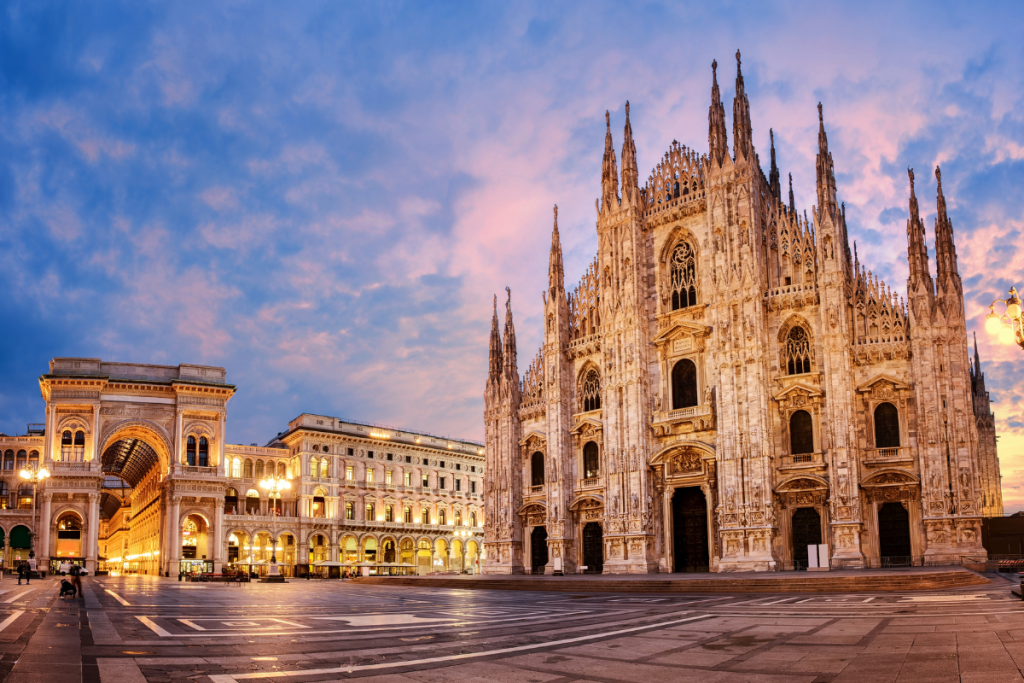
For travellers eager to see Milan through Armani’s eyes, his personal guide blended the classic with the quietly unexpected. He recommended the artistic streets of Brera, the intimate Museo Poldi Pezzoli, and the historic Castello Sforzesco. The University of Milan impressed him with its scholarly gravitas, while La Libreria del Mare, a bookshop dedicated to maritime literature, offered a retreat for dreamers. He admired the architectural intrigue of Santa Maria presso San Satiro, relaxed at Cinema Ante, and often dined at Drogheria Parini 1915 — an underground eatery he counted among his favourites. And of course, no journey through Milan would be complete without a pause at the Emporio Armani Caffè, his personal stamp on the city he so adored.
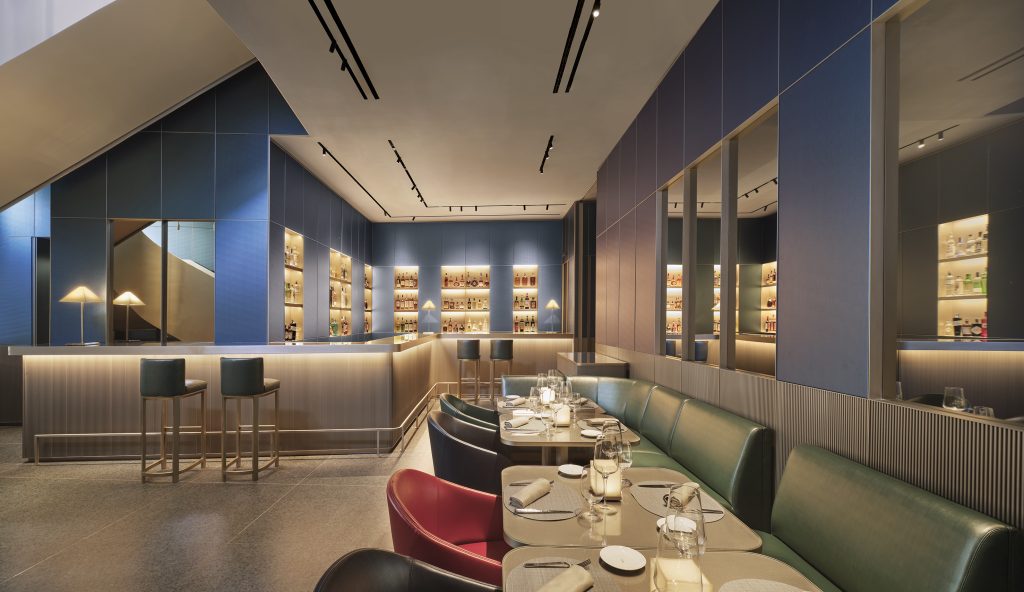
But Armani’s taste in retreats always defied convention. For nearly three decades, he also maintained a weekend compound in Broni, an industrial town south of Milan — far from the glamour of Como or Garda. Behind its unmarked gates lay a private Impressionist canvas: orchards of fruit trees, fields of roses, and sunlight diffused into a haze of pastels.
Pantelleria: The Dream Island
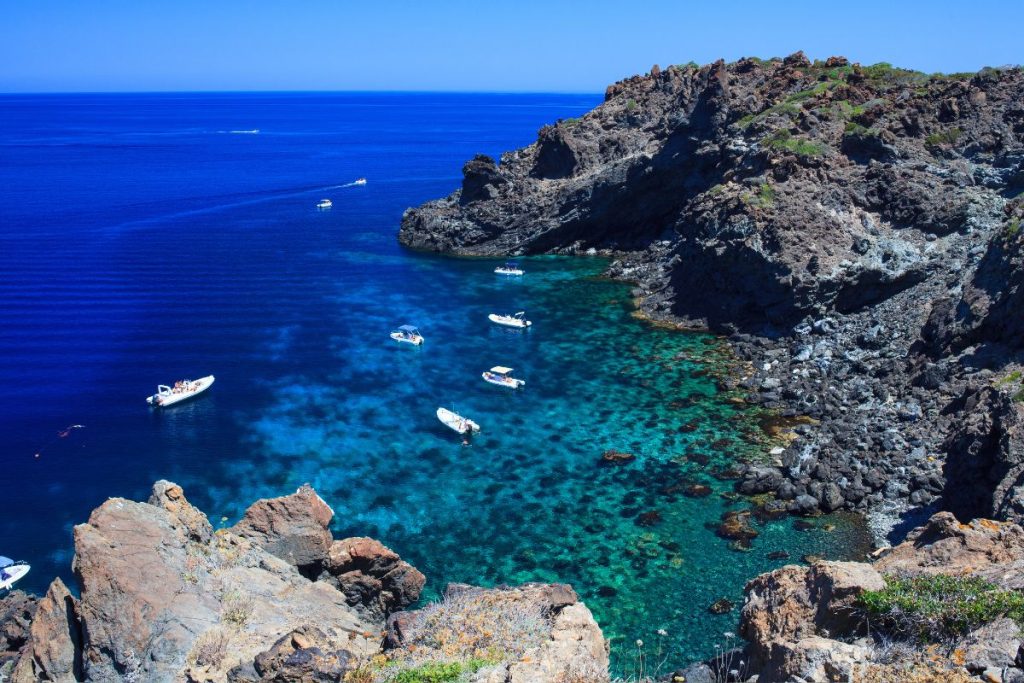
Pantelleria, a volcanic island between Sicily and Tunisia, became Armani’s most cherished retreat. His first visit left him unconvinced — ‘stark and hostile,’ he recalled. Yet the island lingered in his mind, and over time its rugged beauty revealed itself as pure tranquility. ‘The beaches are stony, the water unbelievably clear… like something out of a dream,’ he later said.” By 1979, Armani had purchased his first dammuso at Cala Gadir. With no electricity and only pumped water, the property demanded resilience. Over time, it evolved into an estate of seven dammusi, furnished with Armani/Casa pieces, complete with terraces, a pool, and a staff of 12 during his stays. For Armani, Pantelleria’s charm lay in its authenticity. “Come with a spartan spirit,” he advised. “Forget the jet set, the partying, the cool people, and the nights until the wee hours. They don’t exist. And no one wants them here.
Pantelleria had no sandy beaches, but Armani found its swimming spots unmatched in beauty and serenity.
- Balata dei Turchi – A dramatic bay at the island’s southern tip, framed by volcanic cliffs.
- Martingana & Khattibuale – Black volcanic slabs warmed by the sun, perfect for basking.
- L’Arco dell’Elefante – The island’s famous elephant-shaped arch, best admired while floating beneath it.
- Gadir Thermal Baths – Natural hot springs at the edge of an inlet, prized for their therapeutic warmth.
- Lago di Venere – A volcanic crater lake where Armani indulged in mud baths before drying in the sun, a ritual he considered both healing and grounding.
Where He Dined Like a Local
Though a global tastemaker, Armani’s dining choices on Pantelleria were simple, local, and ritualistic.
- La Portella (Tracino) – Famous for 89 pizza varieties, though he always chose a classic: Margherita or Napoli, extra crispy.
- Bar Aurora (Pantelleria Centro) – His regular stop for gelso granita, the island’s mulberry ice, which he declared essential.
- L’Officina di Coste Ghirlanda – Set among vineyards, this was his 6 p.m. ritual spot for sunset drinks, often staying for candlelit dinners.
- Osteria il Principe e il Pirata (Punta Karace) – A rustic trattoria overlooking the sea, where he savoured ricotta-and-mint ravioli, stuffed zucchini, and the daily catch served with potatoes, olives, and capers.
Pantelleria is not built for mass tourism, and Armani loved it that way. Most visitors rented dammusi through Club Levante or stayed at Pantelleria Dream Resort. In 2015, the island welcomed its first boutique hotel, Sikelia Luxury Retreat in Rekhale. With 20 suites carved into ancient dammusi, a walled garden for palm-shaded massages, and Themà restaurant serving local favourites like fish couscous and caponata, it was the kind of discreet luxury Armani himself would have approved of.
Sailing the Mediterranean
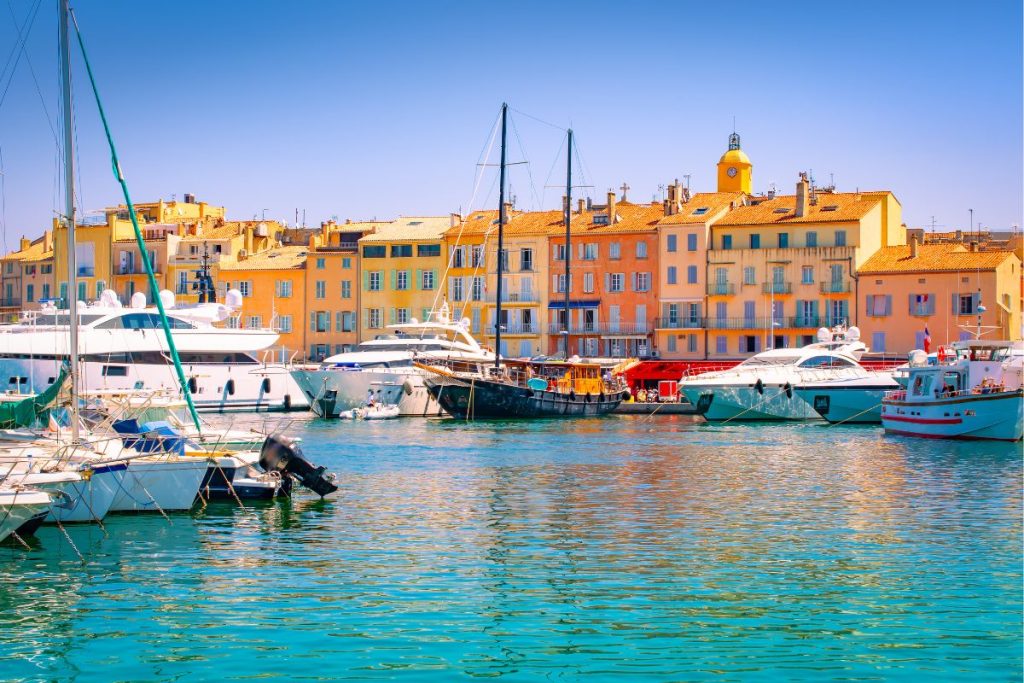
The Mediterranean was Armani’s other great stage of retreat, with Saint-Tropez marking the beginning of his summer ritual. Each year in late June and July, he carved out weekends with characteristic precision. Mornings began with a walk or workout, followed by a swim among locals at the beach. Lunch was often at home, though sometimes he ventured out — Cinquante Cinq beach club was his occasional social indulgence, alive with Champagne and sun-drenched energy. By late afternoon, he would stroll through the Place des Lices market, winding past stalls of flowers, food, and lively cafés.
“I love to go into the town, take my walks around, see all of the flowers, food, and bars. I find it very fun, even though it’s touristy,” he once said.
By mid-July, he welcomed ten close friends aboard his 213-foot super-yacht, the Maìn, setting sail for Ibiza, Formentera, Sardinia, and the Aeolian Islands, before always returning to Pantelleria for three unbroken weeks — the longest he ever stayed in one place all year. Asked to define happiness, Armani replied simply: “Sitting on my boat, or by the pool at my holiday home on the island of Pantelleria, with good friends and family.”
India and Other Exotic Inspirations
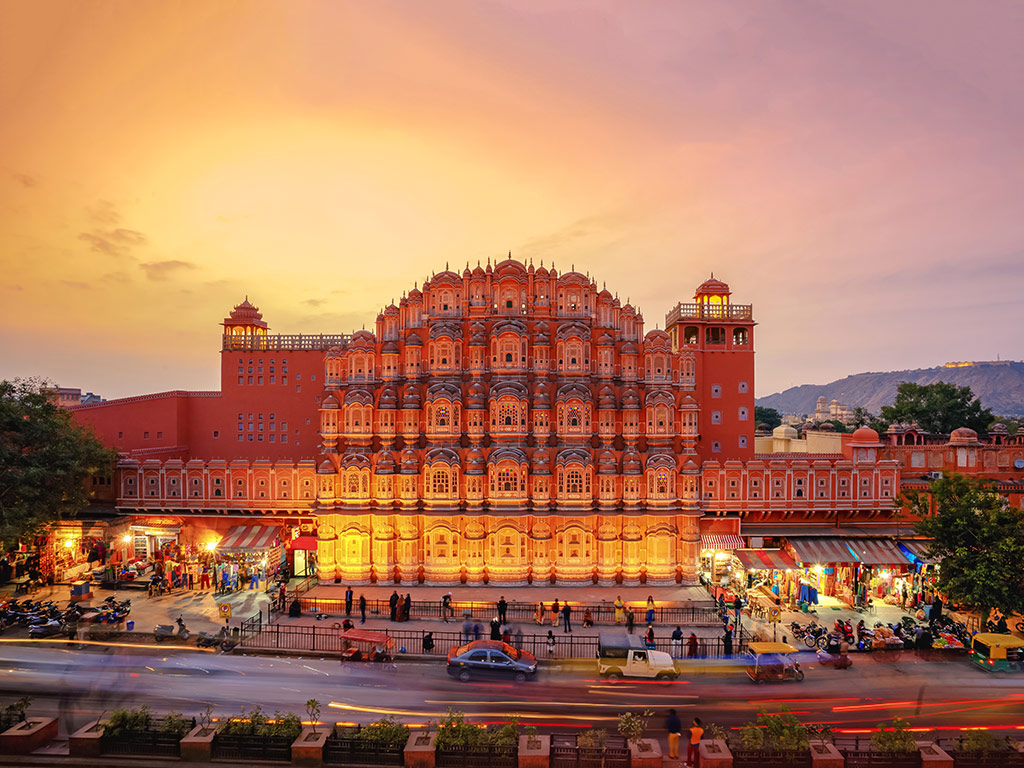
India was more than a travel destination for Armani — it was a muse. He entrusted Indian artisans with intricate hand-embroidery in crystals, sequins, and pearls, work that required extraordinary patience and skill. His respect for this craftsmanship was so deep that one Emporio Armani collection paid homage with show notes bearing the brand’s logo inside a stylised lotus flower, in a typeface evoking Devanagari script — a subtle yet unmistakable tribute. Jaipur, with its Mughal palaces and vivid pink façades, was among the Indian destinations that most enchanted him.
Armani’s pursuit of inspiration knew no borders. His journeys carried him across continents, each offering new contrasts to absorb. In Japan, the cultural contrasts fascinated him. “Every time I visit, I am struck by how extraordinarily different the culture is to that in Europe and America,” he reflected. The ultra-modern energy of Tokyo — where he opened his Armani/Ginza Tower — captivated him just as much as the calm refinement of traditional Japan.
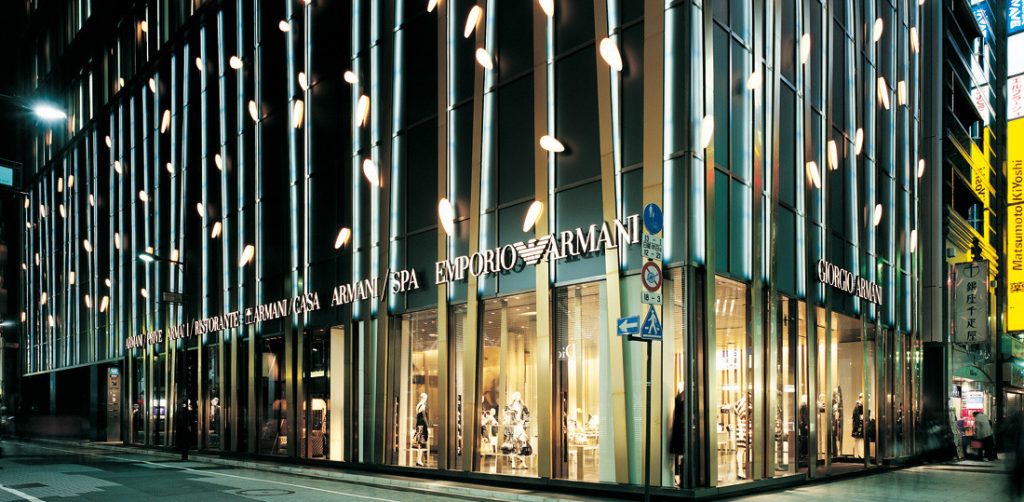
Africa, too, drew Armani back time and again. He was captivated by the continent’s vast horizons, golden savannahs, and its grounding, elemental beauty. On safari, he rediscovered nature at its most unfiltered — landscapes that stretched into eternity, skies so wide they seemed to swallow time itself. “I love North Africa for its colours and smells,” he admitted.
For Giorgio Armani, travel was never about spectacle. Whether wandering Pantelleria’s volcanic trails, sailing the Mediterranean with close friends, enjoying the quiet authenticity of Milan, or immersing himself in the colour and craftsmanship of India and the vast landscapes of Africa, he chose places that reflected his philosophy: understated, timeless, and deeply human. In every retreat, Armani found what he offered the world through fashion — elegance stripped to its essence, and beauty that endures.

For latest travel news and updates, food and drink journeys, restaurant features, and more, like us on Facebook or follow us on Instagram. Read more on Travel and Food Network


